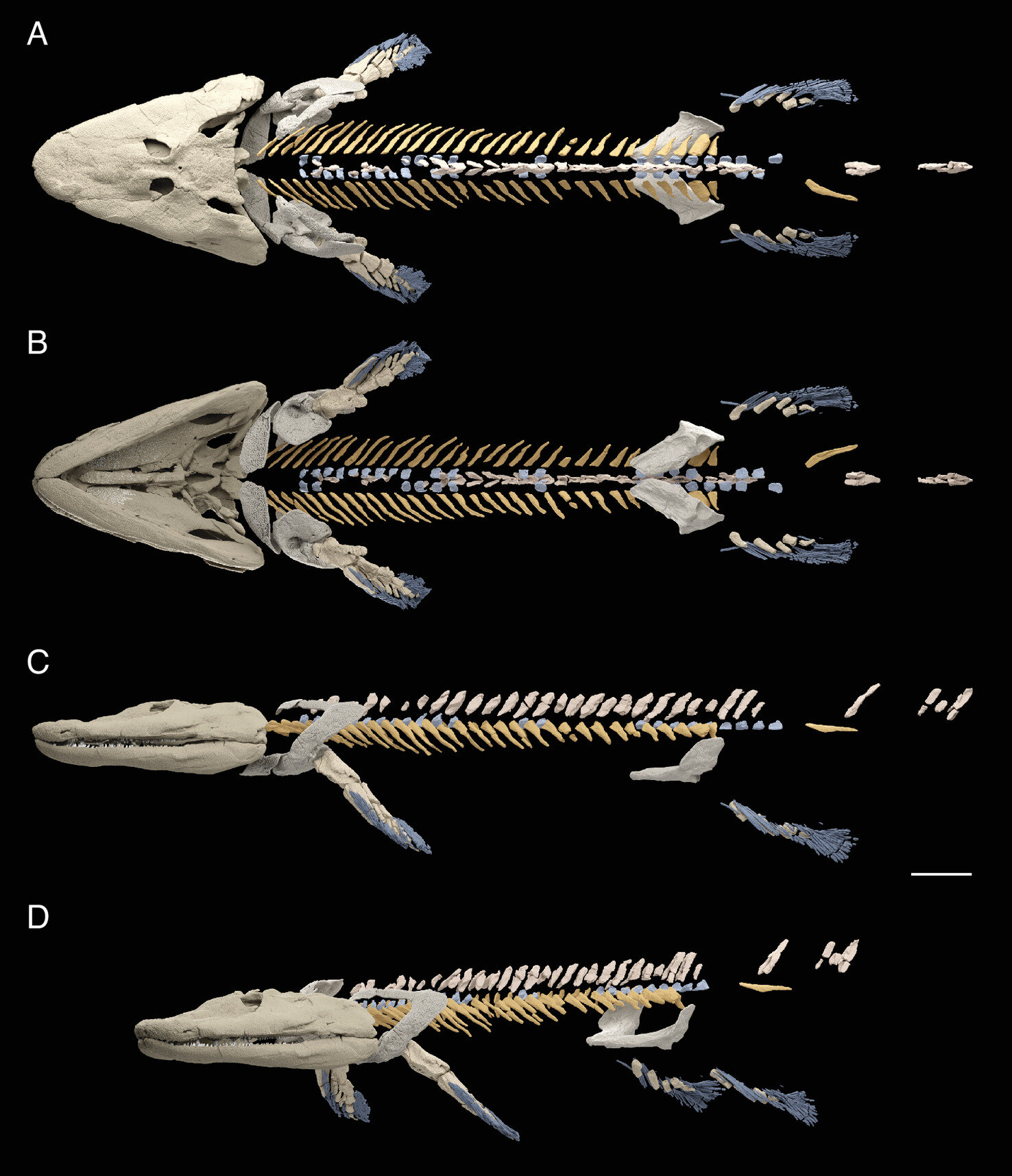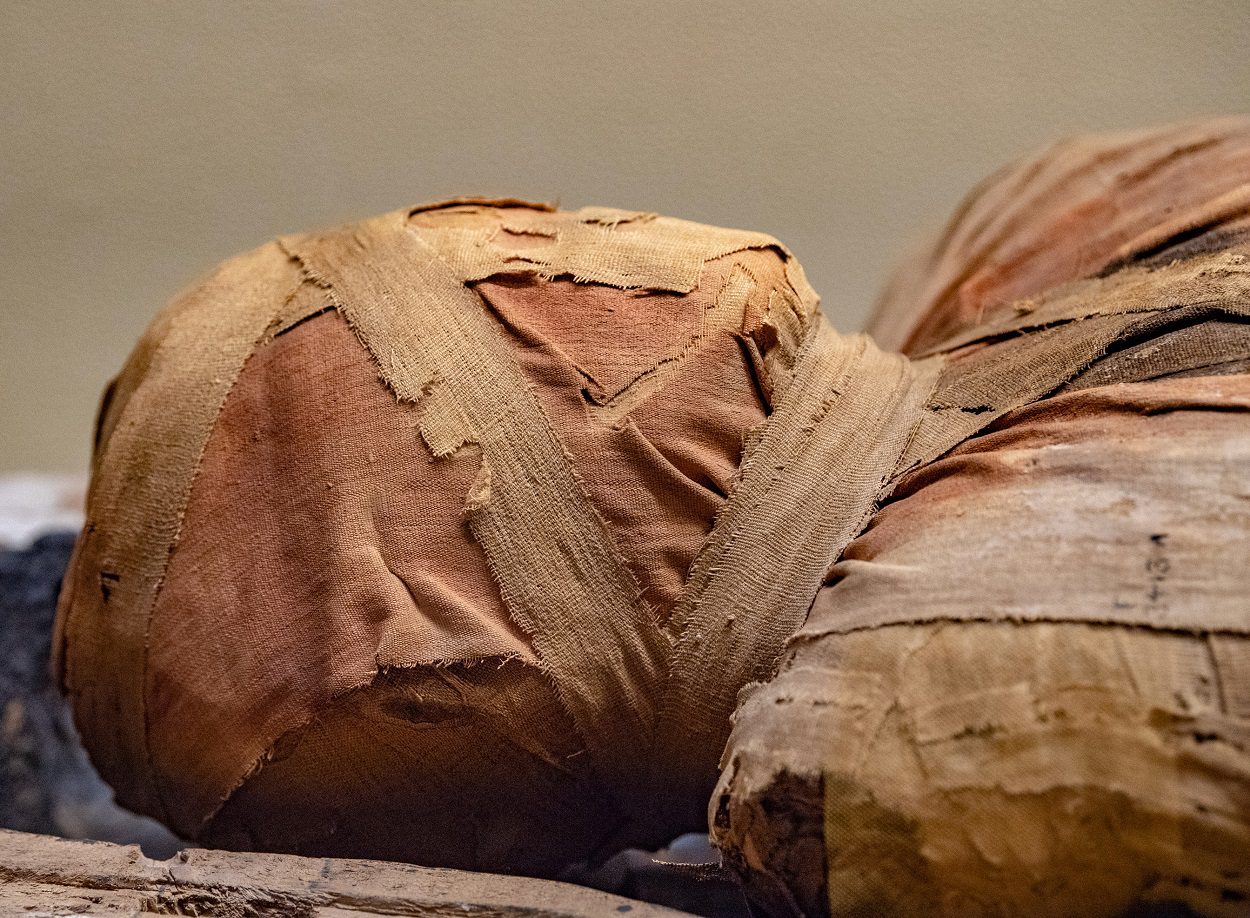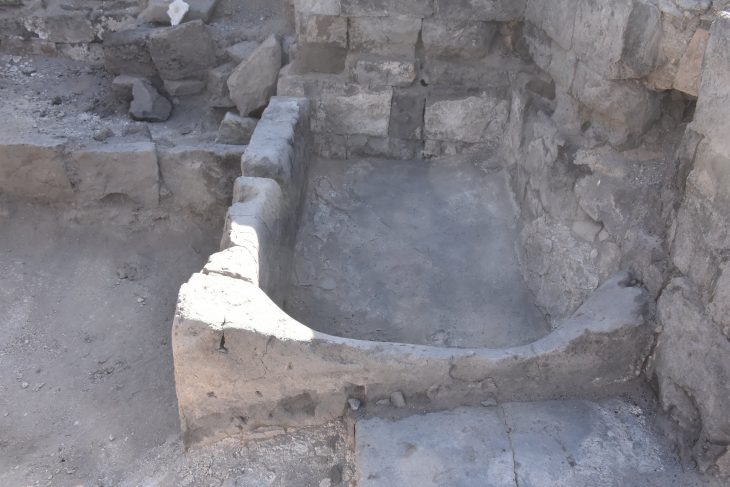New Fossil Evidence Suggests Possible Pelvic-Rib Connection
Researchers, including Penn State biologist Tom Stewart, have completed a groundbreaking reconstruction of the skeleton of Tiktaalik, a 375-million-year-old fossil fish considered a close relative of limbed vertebrates. This reconstruction, published in the Proceedings of the National Academy of Sciences, reveals a crucial innovation in Tiktaalik’s anatomy – the possible attachment of its ribs to … Read more









